Nurses played a key role in preparing for the event
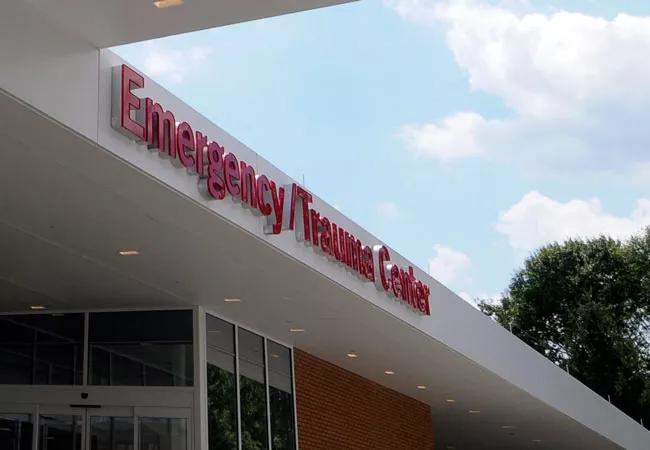
Approximately 50,000 people traveled to Cleveland for the Republican National Convention (RNC) held July 18 – 21, 2016. The high-profile event temporarily increased the city’s population by 13 percent and brought with it the potential for security risks. Much like the city itself, Cleveland Clinic prepared for the RNC. Nursing leaders were instrumental in helping the healthcare system create a plan to handle a variety of “what if” scenarios, including an upsurge in emergency department visits.
Advertisement
Cleveland Clinic is a non-profit academic medical center. Advertising on our site helps support our mission. We do not endorse non-Cleveland Clinic products or services. Policy
A year before the RNC, a multidisciplinary team began looking at how Cleveland Clinic would manage care for its normal patients, as well as a few extra hundred or thousand people. The group included representatives from surgical services, the emergency department, facilities, supply chain, communications, nursing and more. Two people on that team, who also spearheaded the Nursing Institute plan for the RNC, were James Bryant, DNP, RN, NEA-BC, ACNO of Emergency Medicine, and Sheila Miller, DNP, MBA, RN, CNO of Cleveland Clinic’s South Pointe Hospital.

Sheila Miller, DNP, MBA, RN
“We planned what we would need to have in place for 96 hours – the time it could take the government to get you help in case of an emergency [for example after a flood or hurricane] – for our normal patients and those that could be here as part of the RNC,” says Bryant.
Miller admits that initially the planning task seemed daunting. “There was a fair amount of angst around what could happen and how you even begin to tease out a plan,” she says. “We ended up thinking about two distinct possible situations.” The first was an increase in patients due to the sheer number of people who would be in Cleveland that week. The second was related to a potential event, such as extensive rioting or an attack by terrorists.
One of the top considerations for either situation was staffing. “We needed a plan to get the right people in place, train those who would be most likely impacted, then make sure we had enough staff on duty or ready if called,” says Miller. The Nursing Institute provided staffing templates, developed by the Emergency Management Team, for each unit at Cleveland Clinic’s main campus, nine regional hospitals and numerous family health and surgery centers throughout Northeast Ohio. The template included spaces for a complete staff roster with contact information, a list of the unit’s specialties, the number of private and isolation rooms on the unit and other critical information. Once completed, all of the templates were compiled in a manual that was distributed to every unit and placed on an encrypted drive for all CNOs.
Advertisement
“We anticipated an increased risk during the RNC, and that gave us the opportunity – and the responsibility – to look at things a bit differently,” says Miller. “We adopted a coordinated approach so that resources could be planned for and shared throughout the healthcare system.”

James Bryant, DNP, RN, NEA-BC, ANCO
Staffing during the week of the RNC varied by unit. The Nursing Institute put a policy in place disallowing leadership from taking vacations and limiting vacations for caregivers. Hospitals closest to Quicken Loans Arena and downtown, including Cleveland Clinic’s Lutheran Hospital and main campus, augmented staff in certain areas. For instance, the emergency department at main campus increased staff by 20 percent. Some ORs staffed up while others did not, realizing that if an event occurred all elective surgeries would be cancelled, and that workforce could be utilized for emergency surgeries.
“It wasn’t one-size-fits-all,” says Miller. “We’re obligated to not only provide safe, quality care. We’re also obligated to be good stewards of resources. We had to be thoughtful about where the risk could be and how we match resources to the risk so we would have them available if something should happen.”
At first glance, preparing for a possible event seemed challenging because the variety of scenarios, from chemical, biological, radiological and nuclear, food borne illness to a mass shooting. As its starting point, Cleveland Clinic used procedures already in place. “We have a good disaster plan – a Code Yellow plan – and we built off of that,” says Bryant. “It’s now something we can deploy at any time.” For the RNC, 165 departments developed these plans to a higher capacity as well as enhanced additional plans such as Hospital Emergency Response Teams with 406 decontamination team members and a 150 person Clinical Strike Team that would deploy anywhere needed in the Cleveland area to support a hospital in a surge situation.
Advertisement
Here are a few of the changes the healthcare system made to its Code Yellow for the RNC:
Advertisement
When the convention attendees came to town in July, nursing leadership felt prepared. “It’s impossible to plan for everything,” says Bryant. “But it was important to have a generalized approach and then know how to modify it on the fly.”
Thankfully, everything went smoothly. Bryant says Cleveland Clinic treated fewer than 100 patients directly related to the RNC, although they did see an increase in car accidents and alcohol-related incidents. There was only one medical emergency – an anaphylactic reaction. The patient was treated by the Events Medicine team at Quicken Loans Arena, then transferred for additional care.
Though many components of the plan were never put into play, nursing leadership says the work involved in creating it was not wasted. Concludes Miller, “Having that structure ready to go instead of panicking if something happens and losing time in a critical situation – that’s valuable.”
Advertisement
Advertisement

New protocol reduces costs, increases patient and caregiver satisfaction
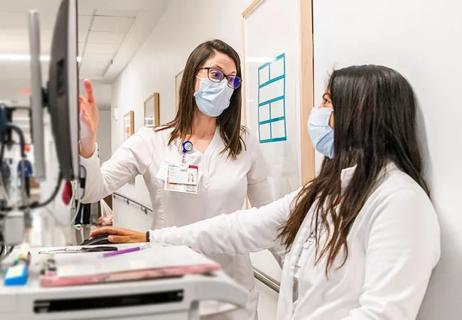
New options benefit caregivers, nursing units and patients
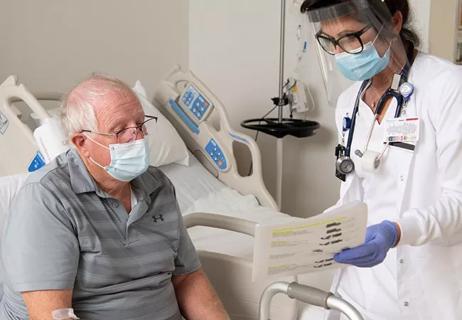
Nurses facilitate preoperative program to educate and prepare patients for ongoing care
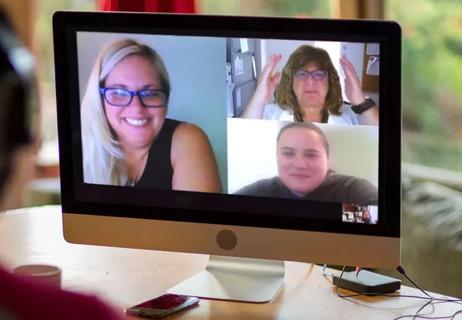
Introduces at-home work and new patient screening tool
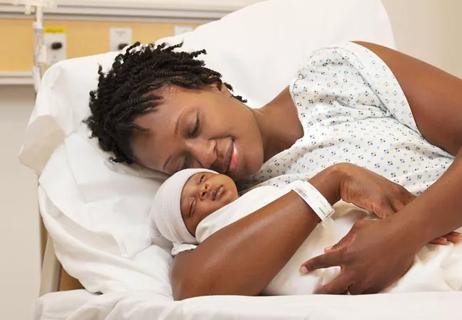
Health disparities, mental health and more
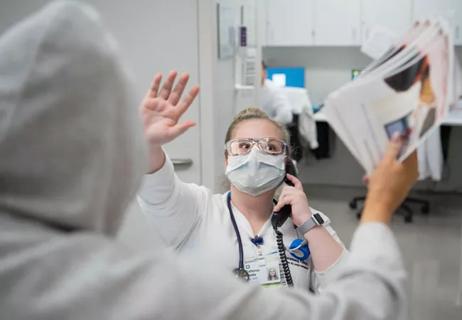
Ideas for approaches to prevention, response and more
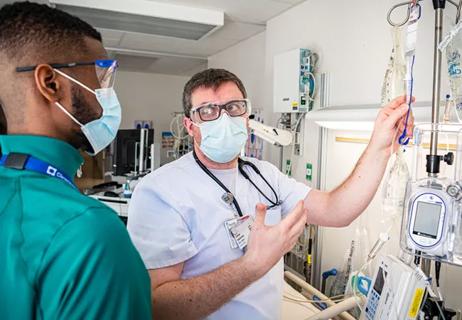
Educating and developing generations of nurses
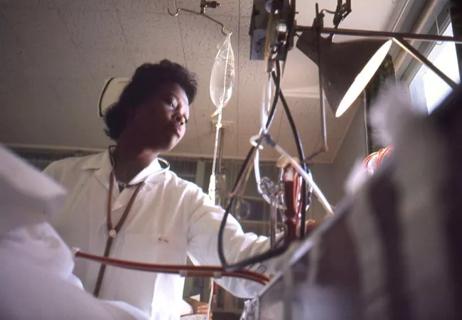
Highlights from Cleveland Clinic’s nursing history pages